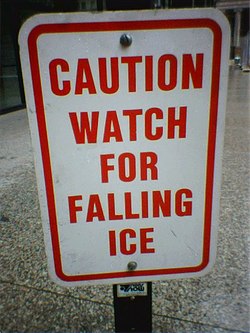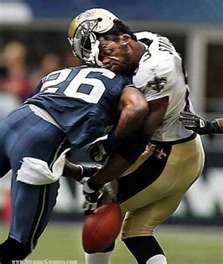 The Bureau of Labor Statistics estimates that 25% of the workforce will be over 55 in 2020. That’s one in four workers — up from one in every five workers just two years ago. Why? In addition to Boomers, the elimination of mandatory retirement and the enactment of age discrimination laws accounts for some of this trend. Better life expectancy and health is partly responsible. And for most, early retirement is largely a thing of the past. Many workers now choose to or must remain in the workforce longer than they had originally planned.
The Bureau of Labor Statistics estimates that 25% of the workforce will be over 55 in 2020. That’s one in four workers — up from one in every five workers just two years ago. Why? In addition to Boomers, the elimination of mandatory retirement and the enactment of age discrimination laws accounts for some of this trend. Better life expectancy and health is partly responsible. And for most, early retirement is largely a thing of the past. Many workers now choose to or must remain in the workforce longer than they had originally planned.
The good news is that a well-designed workplace with positive policies and programs to optimize the health of aging workers benefits everyone. When work stations and job tasks are matched to the capacity of each worker, younger or older, everyone benefits. When workplace flexibility is maximized, when work is organized with personal health and well-being principles in mind, and when workplace policies consistently are viewed through their health effects on workers, employers and workers both win. This is also a way for employers to exercise excellent foresight to support ongoing organizational health for their companies and indeed for the U.S. economy, as well as the individual worker’s well-being. By preventing stresses or injuries that, over time, can have cumulative negative effects on a worker’s ability to work safely and productively, an employer can help assure that the U.S. continues to have a capable, experienced workforce.
Many effective workplace solutions are simple, don’t have to cost very much, and can have large benefits if implemented properly with worker input and support throughout all levels of management. Below are strategies for preparing your workplace for an older and healthier, safer workforce. Consider putting these in place today.
- Prioritize workplace flexibility. Workers prefer jobs that offer more flexibility over those that offer more vacation days. To the extent possible, give workers a say in their schedule, work conditions, work organization, work location and work tasks.
- Match tasks to abilities. Use self-paced work, self-directed rest breaks and less repetitive tasks
- Avoid prolonged, sedentary work – it’s bad for workers at every age. Consider sit/stand workstations and walking workstations for workers who traditionally sit all day. Provide onsite physical activity opportunities or connections to low-cost community options.
- Manage noise hazards (including excess background noise), slip/trip hazards, and physical hazards, conditions that can challenge an aging workforce more.
- Provide ergo-friendly work environments — workstations, tools, floor surfaces, adjustable seating, better illumination where needed, and screens and surfaces with less glare.
- Utilize teams and teamwork strategies for aging-associated problem solving. Workers closest to the problem are often best equipped to find the fix.
- Provide health promotion and lifestyle interventions including physical activity, healthy meal options, tobacco cessation assistance, risk factor reduction and screenings, coaching, and onsite medical care. Accommodate medical self-care in the workplace and time away for health visits.
- Invest in training and building worker skills and competencies at all age levels. Help older employees adapt to new technologies, often a concern for employers and older workers.
- Proactively manage reasonable accommodations and the return-to-work process after illness or injury absences.
- Require aging workforce management skills training for supervisors. Include a focus on the most effective ways to manage a multi-generational workplace.
via CDC – NIOSH Science Blog – Safer and Healthier at Any Age: Strategies for an Aging Workforce.






